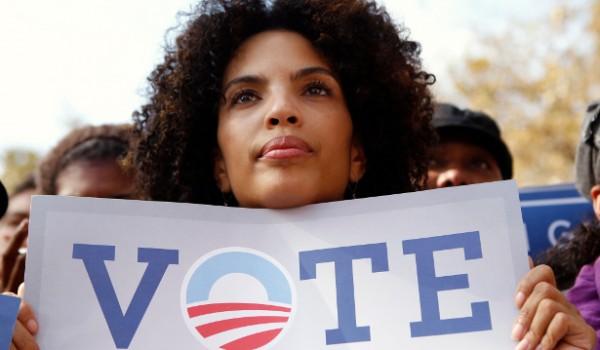
By Michael Barone, realclearpolitics.com
Ethnicity still matters. That’s one lesson I draw from the results so far of this year’s Republican and Democratic primaries and caucuses.
We’re encouraged to believe ethnicity doesn’t matter much anymore; only race does. This is the implicit assumption behind the analyses that divide the electorate into four racial categories: whites, blacks, Hispanics and Asians.
That’s sometimes a useful thing to do. Witness the forecasts that whites will soon (by the 2030s or so) be outnumbered by non-whites; and that that will be the end of the Republican Party, because the voters classified as non-whites have been voting heavily Democratic in recent years.
Those forecasts are based on questionable assumptions — that Hispanic immigration will continue at pre-2007 levels and that children of mixed marriages, presumably influenced by persistent discrimination by whites, will identify with the non-white portion of their ancestry.
The forecasts are also based on the assumption, rendered questionable by this year’s primary results, that each non-white group is a homogeneous unit. Most Hispanics voted for Marco Rubio in Florida and Hillary Clinton in Texas and were split evenly between Clinton and Bernie Sanders in Illinois.
Black voters voted near-unanimously for Clinton in the South but sizeable minorities picked Sanders in the North. And 9 percent of blacks today are immigrants who don’t share the heritage or perhaps the attitudes of most American-born blacks.
As for Asians, they include Japanese, Korean, Chinese, Vietnamese, Filipino, Indian, Pakistani — and do not constitute a single, unified bloc. Exit polls said “Asians” voted 25 percent for Republican members of Congress in 2012 and 50 percent in 2014. One or both those numbers are surely wrong.
Of course the category of whites, still at least 70 percent of the electorate, includes a wide variety of ancestries and attitudes — with some significant correlations between them. Which is not to say that everyone of a particular ancestry votes the same way, or that ethnic preferences stay the same over time. But ethnicity does explain a lot about the politics of a nation that has always been ethnically diverse.
One who understood this was Daniel Patrick Moynihan. The subtitle of his 1963 book, “Beyond the Melting Pot,” co-authored with Nathan Glazer, was “The Negroes, Puerto Ricans, Jews, Italians and Irish of New York City.”
Moynihan and Glazer’s analysis still helps explain the patterns of support shown in The New York Times’ superb interactive graphics of the 2016 primary vote in New York. Clinton carried, by wide margins, heavily black areas in central Brooklyn, southeastern Queens, the heavily Puerto Rican and Dominican South Bronx and Washington Heights, while Bernie Sanders carried modest-income white ethnics in Astoria, Long Island City, Bay Ridge and Bensonhurst and Hispanics in Bushwick.
On the Republican side, high-income Manhattan and gentrified parts of Brooklyn favored John Kasich, while Donald Trump swept the field in the heavily Italian Staten Island, Bensonhurst, Howard Beach and the East Bronx.
New York was one of two cities to elect Socialist congressmen 90-some years ago, the other being Milwaukee. But the two voted entirely differently in Republican primaries this year.
Donald Trump got 64 percent of 108,000 Republican votes cast in the five boroughs of New York City. Ted Cruz got 59 percent of the 305,000 Republican votes cast in the four counties of metropolitan Milwaukee. What’s the difference? You could sum it up by saying Italians vote different from Germans.
What does that say about the contests still to come? Trump is likely to do well in next week’s Northeastern primaries from Rhode Island to Maryland, if only because most Italian-Americans live within 100 miles of New York City.
In May the campaign moves west. Indiana, which votes May 3, was first settled in the north by Yankees and the south by Southern-origin Butternuts. Ethnically it resembles downstate Illinois and Missouri, where Cruz narrowly trailed Trump and where Trump ran behind the total for Cruz and Rubio.
Most contests that follow are in states — Nebraska, Oregon, Washington, South Dakota, Montana — with heavily German and Scandinavian ancestry. Such voters have proven relatively resistant to Trump’s appeal.
California, voting June 7, will probably determine whether Trump gets the 1,237-delegate majority. Its registered Republicans tend to be relatively old, offspring of the Midwesterners who thronged to the West Coast in the decades after World War II.
They’re the people whose parents gave the nation Ronald Reagan and who lament what has befallen California since. They, especially the few Republicans who live in three dozen heavily Democratic congressional districts that each elect three delegates, will decide if they want to give us Donald Trump.
COPYRIGHT 2016 CREATORS.COM

Be the first to comment